
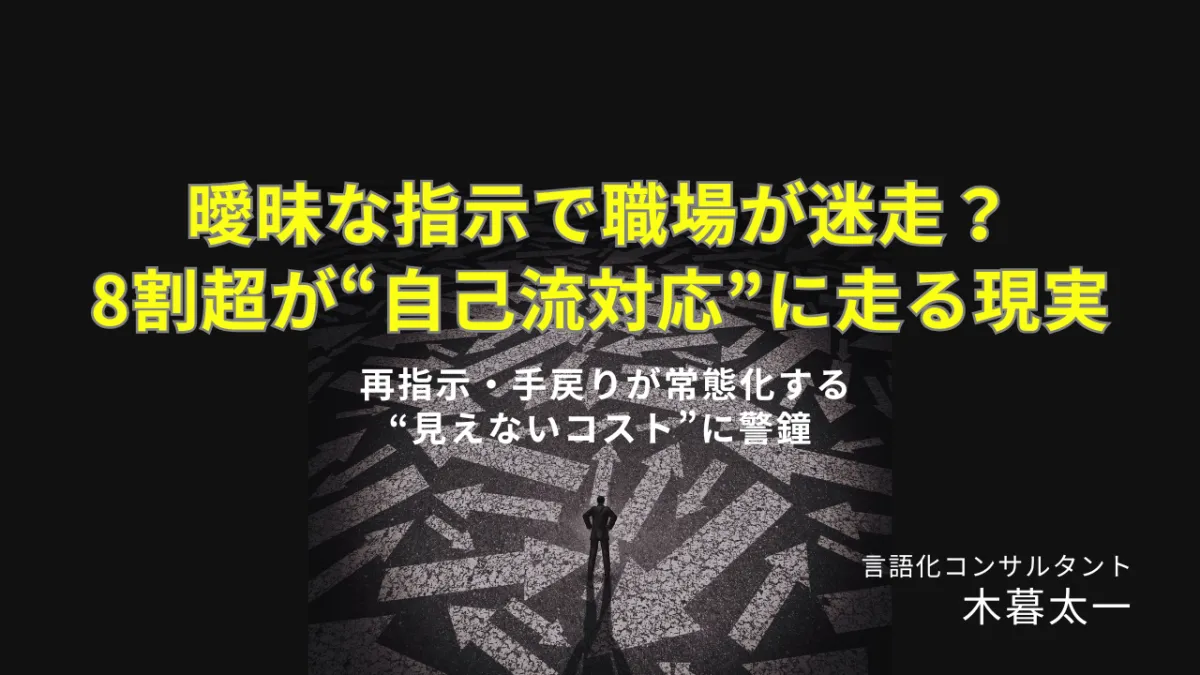
Understanding the Impact of Unclear Instructions in the Workplace: A Unique Survey by Taichi Kogure
Understanding the Impact of Unclear Instructions
In a recent survey conducted by language consultant Taichi Kogure, startling revelations have emerged regarding the prevalence of unclear instructions in the workplace. With a total of 354 respondents from Kogure's network of members and seminar participants, the survey ran from April 15 to April 30, 2025. The findings indicate that an alarming 88.1% of employees have experienced ambiguous instructions, and 84.2% of these individuals chose to interpret them on their own without confirming the content.
The Consequences of Ambiguity
The implications of these statistics are profound. Nearly half of the respondents, 48.7%, reported that they received additional instructions afterward, indicating a significant follow-up on initially ambiguous guidance. Additionally, 34.3% acknowledged that these unclear directions hindered their work efficiency. This cycle of confusion not only wastes time but also reflects systemic issues within organizational communication.
Highlights of the Survey
- - Experience with Ambiguous Instructions: The overwhelming majority of participants reported having received unclear directives at some point.
- - Self-Interpretation: A significant number of respondents chose to act based on their interpretations, often leading to further complications.
- - Impact on Work: The resultant inefficiencies manifest as additional instructions and disruption of workflow for a noteworthy percentage of the workforce.
Why Does This Happen?
Kogure identifies several factors that contribute to the rise of ambiguous communication:
- - Lack of Clear Language: Many superiors fail to articulate their intentions and objectives clearly.
- - Reluctance to Seek Clarification: Employees often hesitate to ask questions due to feelings of embarrassment or fear of being perceived as incompetent.
- - Assumption of Mutual Understanding: A dangerous reliance on unspoken agreements creates gaps in communication.
- - Culture of Fear: The current organizational climate may view the act of asking for clarification as a sign of low ability.
A Call for Clarity
Kogure urges organizations to recognize the hidden costs of
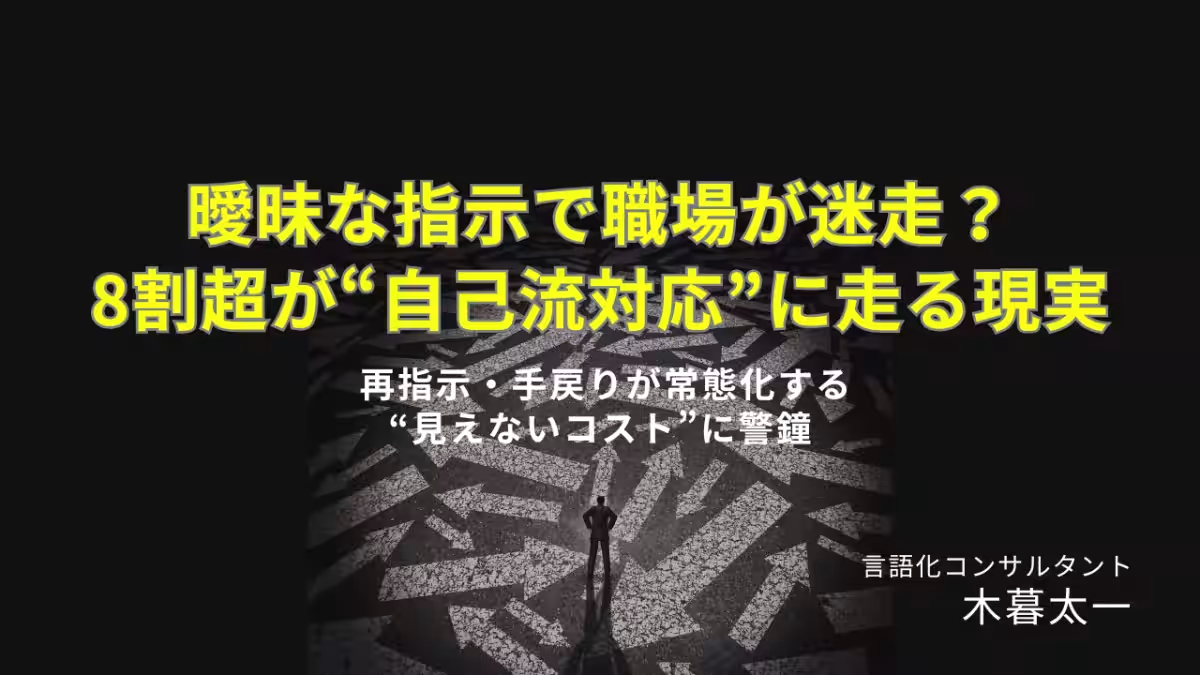
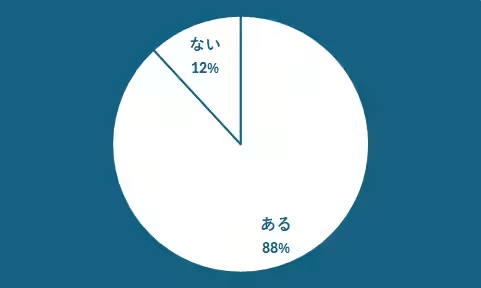
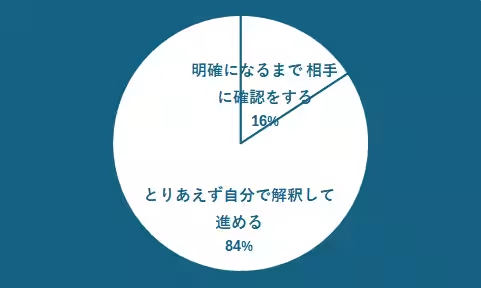
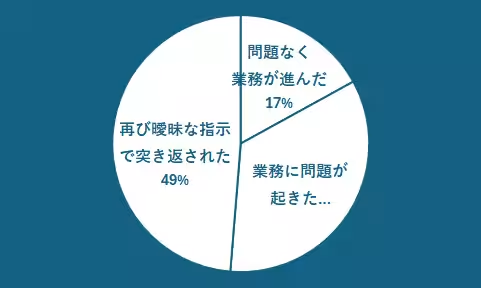

Topics Other)




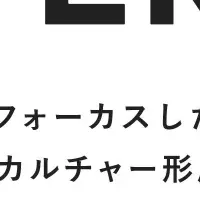

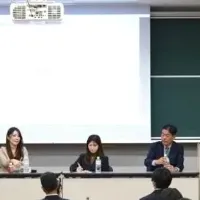



【About Using Articles】
You can freely use the title and article content by linking to the page where the article is posted.
※ Images cannot be used.
【About Links】
Links are free to use.